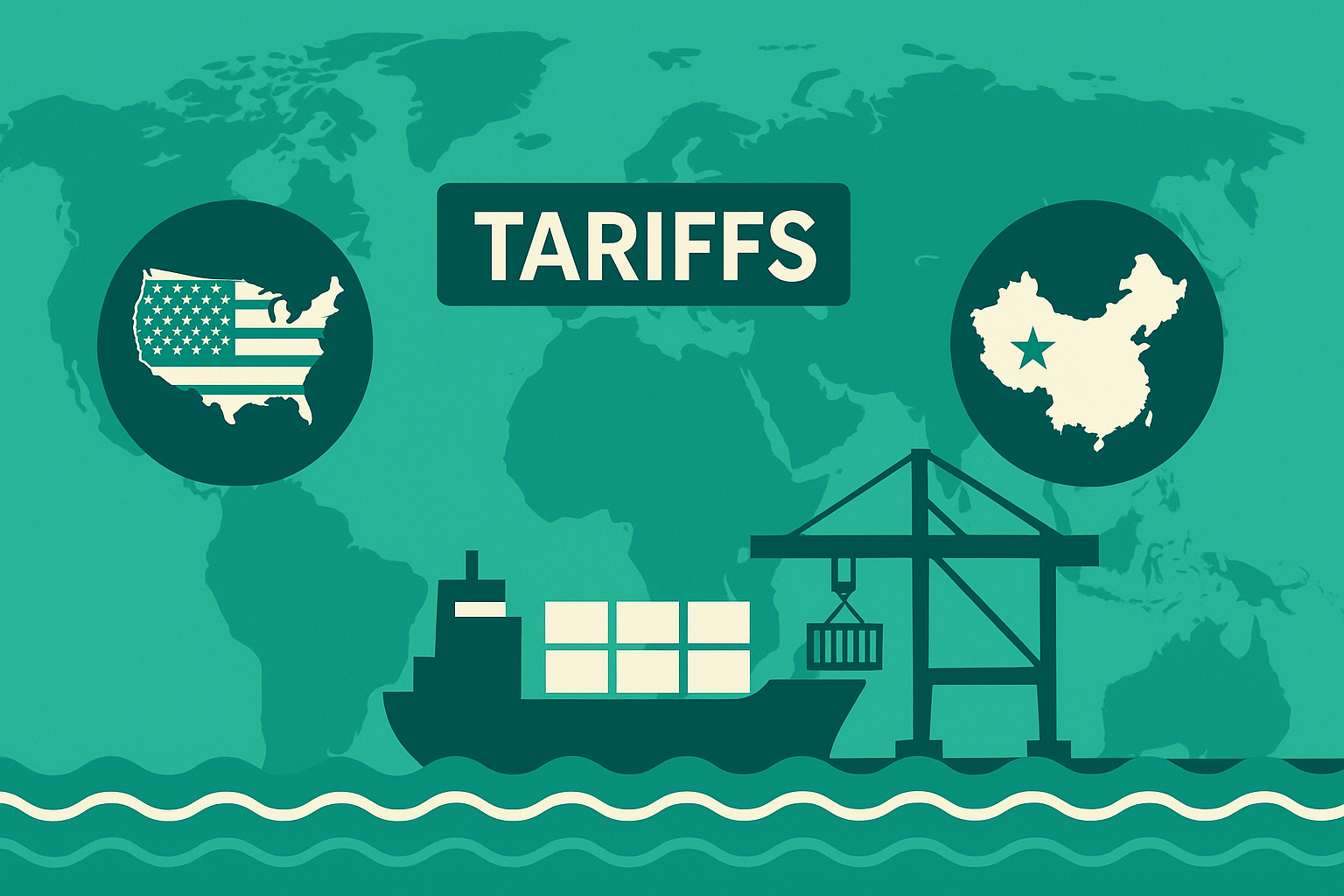Wrote By:Global Economist 2025/11
The recent Chinese sanctions on five U.S. subsidiaries of South Korea’s Hanwha Ocean, including the Philadelphia Shipyard, mark a decisive escalation in the U.S.–China economic rivalry. Ostensibly a response to alleged cooperation with U.S. government investigations, these sanctions extend beyond conventional trade measures. They coincide with a new phase of “non-tariff warfare”, where maritime logistics, shipbuilding, and port access have become instruments of geopolitical leverage.
A Shift from Tariffs to Logistics Power
In the early phases of the trade war, tariffs dominated the confrontation. Now, both powers are targeting the infrastructure of global trade itself. In mid-October 2025, Washington imposed a special “port fee” on vessels linked to China—by ownership, shipyard origin, or flag—capping charges at five voyages per year. Beijing swiftly retaliated with reciprocal fees on U.S.-related vessels, exempting ships built in China. The design is strategic: the U.S. measure penalizes China’s shipbuilding ecosystem, while China’s countermeasure rewards domestic shipyards and operators. Together they create an invisible tariff corridor across every major sea route.
The Strategic Logic Behind Beijing’s Move
Beijing’s action against Hanwha’s subsidiaries demonstrates a targeted deterrence strategy. Instead of confronting American corporations directly, China is striking third-country intermediaries that facilitate U.S. policy implementation. This tactic signals to allies—South Korea, Japan, and the EU—that neutrality in logistics chains may no longer be possible. If a foreign company supports U.S. investigations or defense-related shipbuilding, its Chinese market access may vanish overnight. In effect, the line between “ally” and “participant” is being erased.
Structural Implications for Global Trade
This evolution redefines the political economy of shipping:
- Shipbuilding origin becomes a cost variable. Chinese-built ships enjoy fee exemptions in Chinese ports, while U.S. ports penalize them—creating a bifurcated global fleet economy.
- Supply-chain geography is being rewritten. Firms must now design routes and fleets not only for efficiency but for sanctions resilience—choosing whether to berth in Busan, Kaohsiung, or Singapore to bypass tariffed corridors.
- Third-party exposure risk rises. Korean, Japanese, and European shipowners with U.S. subsidiaries could become collateral damage.
The Emerging Economic Landscape
The maritime “port fee war” introduces volatility into freight pricing, insurance premiums, and capital expenditures.
- Freight rates on U.S.–China routes could rise by 5–10 %, while premium differentials for P&I and war-risk insurance widen.
- Shipbuilding investment cycles may tilt toward “safe harbors”—either purely Chinese or clearly non-Chinese construction—to capture regulatory arbitrage.
- The 301-related investigations now under review in Beijing hint at a more systematic, reciprocal sanctions regime ahead.
Outlook and Policy Implications
The global economy is entering an era where ports replace customs offices as the gatekeepers of power. The confrontation is less about tariffs and more about who controls the choke points of trade. For corporations and governments alike, three imperatives emerge:
- Diversify port exposure—avoid dependence on routes subject to bilateral retaliation.
- Reassess ship procurement strategy—the build origin now dictates long-term cost competitiveness.
- Institutionalize compliance and crisis protocols—as regulatory risk migrates from finance to logistics.
Conclusion
The Hanwha case and the port-fee confrontation symbolize the geoeconomic militarization of maritime trade. The U.S. and China are no longer merely trading partners in conflict; they are architects of rival transport regimes. In this new order, control over docks, shipyards, and freight corridors will determine not only economic efficiency but geopolitical survival.


